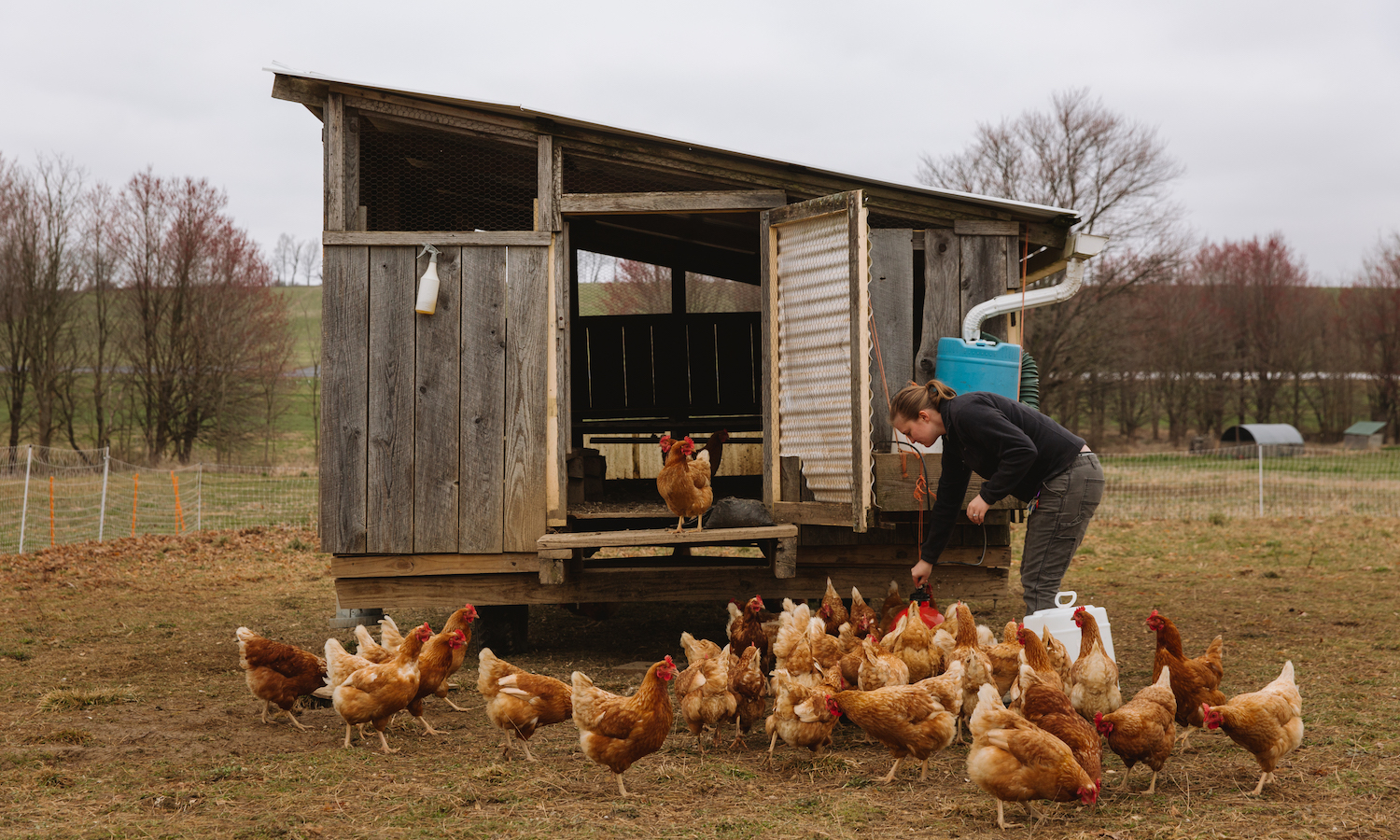Since the coronavirus pandemic started in America, one scene has been common—empty grocery store shelves as families flock to stores preparing to settle in for the long haul and shelter in place.
As shoppers stack carts with rice, bread, meat, and beans, have they thought of the farmers that produce our food? Farmers that today are in the fields, in the coronavirus crosshairs, often without sick pay or health insurance, planting and harvesting our nation’s food supply.
The total economic cost of the coronavirus outbreak on local and regional food systems, such as farmers markets, farm-to-school programs, restaurants and food hubs, could total US$1.3 billion between March and May of this year, according to a new analysis by researchers at Colorado State University, the University of Missouri, and a former official within USDA’s Local Food Research and Development Division.
And as consumers rush to save their favorite restaurant or neighborhood bar during this crisis—many, removed from the realities of rural America and farming, have been unaware that an important sector of small businesses—farmers—have been in crisis for years.
In 2019 U.S. farm bankruptcies hit an eight-year high. Much of this can be attributed to the failings of industrial agriculture—prolonged low commodity prices, ever-mounting farm debt, animal disease, consolidation, and the impact of climate change causing record flooding in the Midwest and fires in the West.
The COVID-19 crisis could be the nail in the coffin for already struggling farms, especially farms that sell healthy, perishable foods like fruits and vegetables, and that sell into their local communities as restaurants, schools, and farmers markets shutter. All at a time when local food systems and healthy food is more important to resilient communities than ever before.
What can we do to help our farming community?
In the short-term, help get as many of your food dollars directly to farmers by:
1. Signing up for a CSA. This influx of cash now helps farmers buy seeds and tools at the beginning of their season, and allows you to be a stakeholder in a local farm. If you have the means, consider donating a CSA share to a family in need.
2. Shopping at a farmers market. In many states, farmers markets have been deemed essential businesses, and are innovating with drive-through pickups and other modifications to keep you safe.
3. Ordering direct online. Many farmers offer delivery of organic produce and pastured meats, and more farmers are adding this service in the wake of the pandemic.
And be sure to fight to make sure farmers, and not just the corn and soybean farms that receive the bulk of traditional U.S. farm subsidies, are included in any coronavirus stimulus packages.
But also use this crisis as a wakeup call. Were you scared about feeding your family as you saw those empty shelves? How will we feed our society in the future as farms fail and consolidate? Do you value the food you put on your table? Then it’s time to start valuing the farmers that produce it.
We need a wholesale shift in the way we produce food in our country and around the world. A shift away from demanding only the cheapest food possible—at the expense of our health, our environment, and our farmers—to regenerative agriculture, rooted in empowered and profitable farmers, serving the health of local communities.
This crisis, unfortunately, is only a glimpse of what is to come. Farmers continue to grapple with extreme weather from our climate crisis, and if we continue farming with our current practices, the United Nations says we have 60 years of farmable topsoil remaining. To secure the future of our food supply, we need a drastic shift to regenerative, organic farming practices, a shift to resilient local food systems, and a shift to prioritizing healthy, nutrient dense food direct from our farmers.
Photo courtesy of Johnie Gall, Bad Cactus Creative







